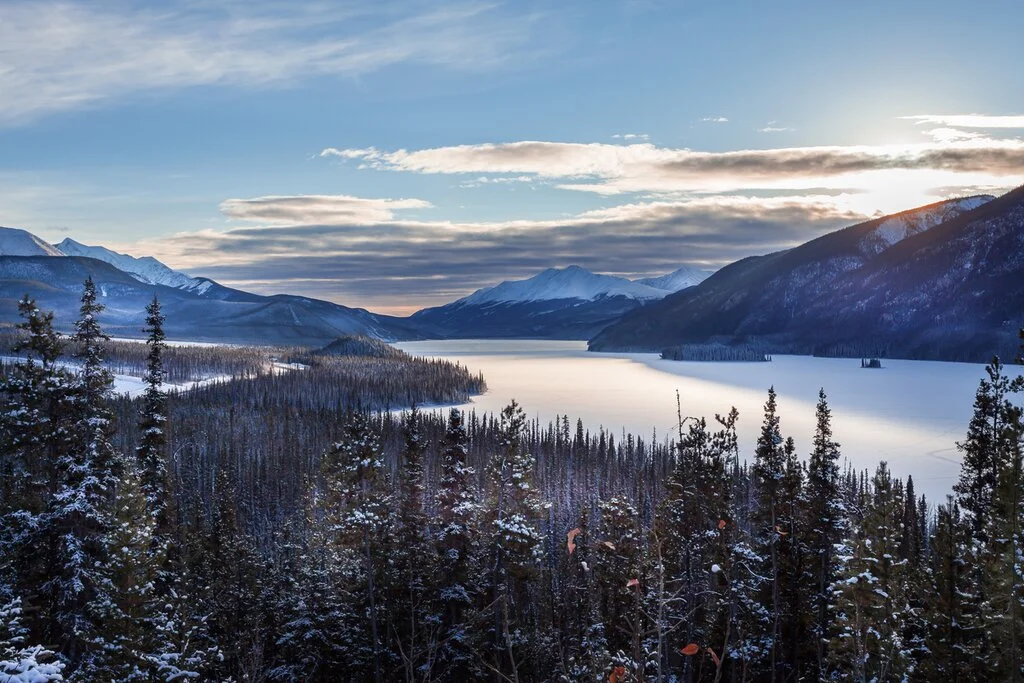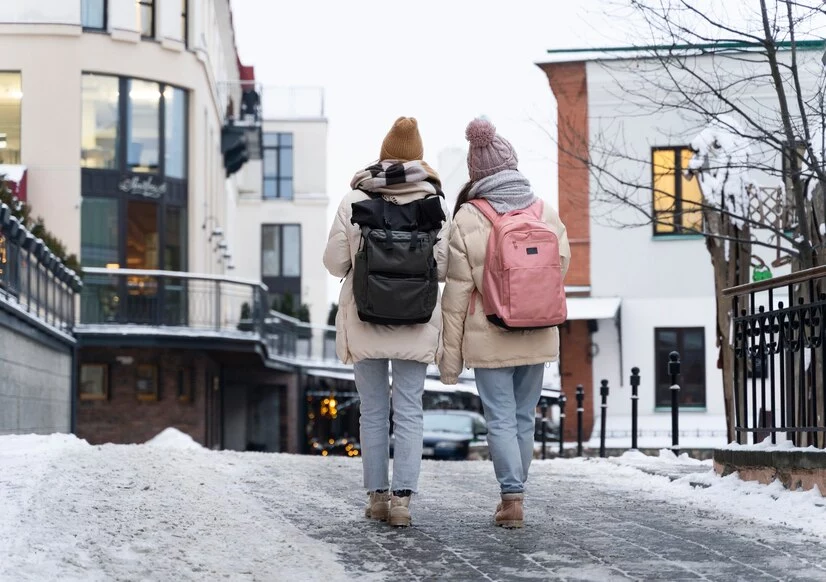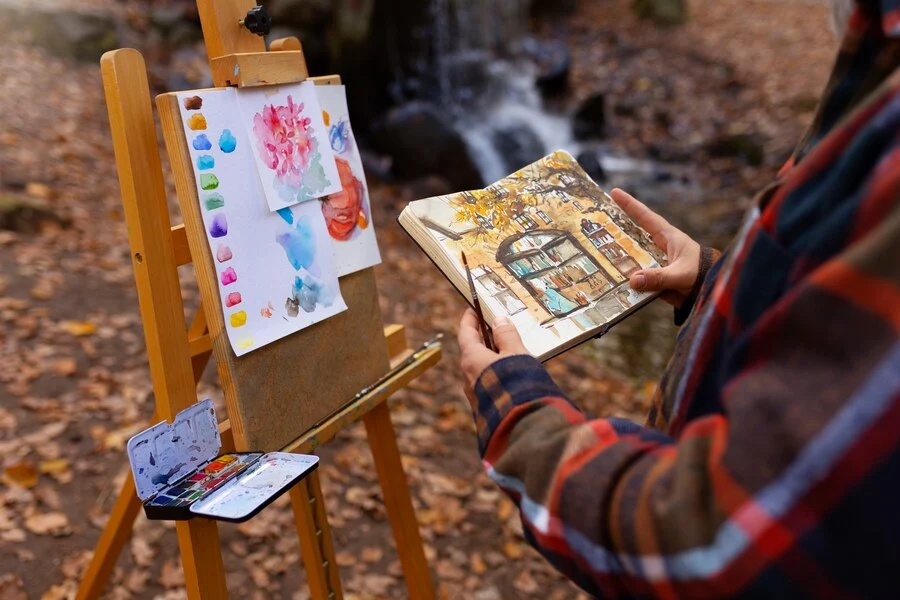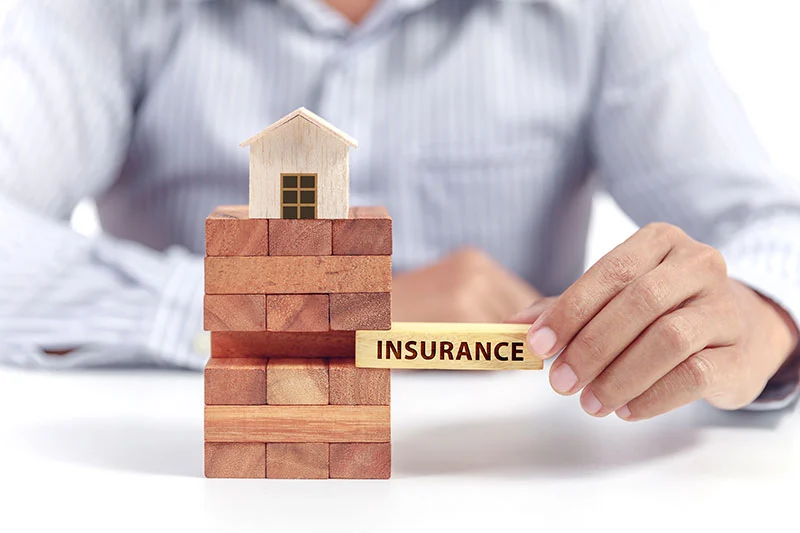British Columbia is known for its diverse weather conditions, ranging from mild coastal climates to harsh winter storms with a massive power outage in the interior. When visiting or living in BC, you must be prepared for the weather conditions you may encounter. In this guide, we'll discuss how you can prepare for the weather in British Columbia and its notorious power outages!
Understanding BC's Climate
Before we get into the specific tips, it's essential to understand the severe weather patterns in British Columbia. The province is known for its wet and mild climate on the coast and colder, drier weather in the interior
Winter lows in the coastal region, where Vancouver is located, average around 10 degrees Celsius (50 degrees Fahrenheit), while summer highs average around 18 degrees Celsius (64 degrees Fahrenheit). However, the area also has an average of 168 rainy days per year, most of which fall in the winter.
In contrast, the interior region, including Kamloops and Kelowna, experiences more extreme temperatures, ranging from the extreme cold of -10°C (14°F) in the winter to 30°C (86°F) in the summer. The region also experiences less rainfall than the coast, making it drier and more susceptible to dead trees and wildfires during summer.
With this in mind, let's dive into some tips on preparing for the weather in British Columbia.
Preparing for Different Conditions
Understanding how to prepare for the weather can be tricky for those living or visiting BC. Each region of BC has its own climate and weather patterns, so it’s important to do your research before you go out. Here are a few tips for preparing for the weather in British Columbia:
Check the Weather Forecast
Before heading out for the day, check the weather forecast for the region you'll visit. You'll be more prepared for the future if you know what to expect. If the forecast calls for rain, you may want to pack a rain jacket or plan indoor activities, whereas if the forecast calls for sunshine, you'll want to pack sunscreen, sunglasses, and extra water if you feel thirsty due to the heat.
As the weather can change quickly in the mountains, it's smart to watch the forecast throughout the day as British Columbians do.
Pack Layers
Due to the varied and sometimes extreme weather patterns in the area, it's essential to pack layers that you can easily add or remove as needed to adjust your body temperature. Regardless of the weather, this will keep you at a pleasant temperature all day and lower your risk of having a heat stroke.
You should always begin with a base layer, whether that's a lightweight t-shirt or a long-sleeved shirt. Put on a fleece or sweater as a middle layer and a windproof and waterproof coat as an outer layer. Remember to pack a hat, gloves, and scarf if you're visiting during the winter months to protect yourself against the cool air or extreme cold.
Bring the Right Footwear
Proper footwear is crucial when preparing for the weather in British Columbia. In the summer, you can get by with just a pair of walking shoes or sandals. However, if you're visiting during the winter months or planning to hike, you'll need a couple of sturdy and waterproof boots.
Plan Your Activities
When planning your activities, keep the weather in mind and always consider the environment Canada. Plan outdoor activities like hiking, biking, or swimming if you're visiting during summer. However, if you're visiting during the winter months, plan indoor activities, such as visiting museums, art galleries, or indoor recreational facilities where there is a proper heating system and up-to-date weather monitoring.
Researching the region, you'll be visiting is essential to ensure that the activities you plan suit the weather. For example, if you're visiting the mountains, you must prepare for colder temperatures and possible snowfall. You mist also pack an emergency kit and emergency supplies when hiking or camping. Bring all kinds of tools and gear like extra batteries battery jumper and aid supplies windshield scraper, non-perishable food in case you get snowed in and a battery operated radio in case power lines go down because of strong winds.
Stay Hydrated
Staying hydrated is essential, regardless of the weather. Even if it doesn't feel hot, the dry air can cause dehydration, so drink plenty of water throughout the day. If you notice that you have flushed skin, go inside and find the coolest room with air conditioning or take a cool shower. You don't want to suffer from heat-related illness. If there is no air conditioner. just open windows so air can circulate inside the house.
Prepare for Emergencies
Despite your best efforts, emergencies can still happen. When preparing for the weather, it's important to be ready for emergencies, such as unexpected weather changes, getting lost while hiking, or a sudden illness or injury.
Pack a first aid kit, emergency shelter, and a means of communication, such as a cell phone or satellite communicator. If you're going hiking or doing anything else in the great outdoors, you should let someone know where you're going and when you expect to return.
Respect the Environment
It's essential to respect the environment. This includes following Leave No Trace principles, such as packing out your trash and avoiding disturbing wildlife. It also means respecting the weather and not taking unnecessary risks, such as hiking in dangerous conditions or swimming in cold water without proper equipment.
Use Sun Protection and Beware of Extreme Heat
Even though British Columbia typically has a mild climate, the summer sun is still important. Sun protection gear, including sunscreen, sunglasses, and a hat, should always be close to reach. Those who intend to spend much time outside should dress in long pants and shirts for maximum protection.
Be Prepared for Rain
As mentioned earlier, the region can be quite rainy, especially on the coast. Pack a waterproof and windproof jacket, shoes, or boots to prepare for the rain. A small umbrella can also be helpful.
Be Prepared for Snow with a Winter Survival Kit
If you're visiting during winter, be prepared for snow. In addition to waterproof and warm boots, pack warm layers, such as a hat, gloves, and scarf. It's also good to check road conditions and plan accordingly, especially if driving in the mountains. Stay Informed
Stay informed about the weather conditions and any warnings or advisories in the area you'll be visiting. You can learn this from local media, social media, and weather websites. Consider potential hazards like wildfires, flash floods, or avalanche risks.
Consider Hiring a Guide
Consider hiring a guide to participate in outdoor activities like hiking or skiing. A guide can help you navigate the terrain, provide valuable information about the area, and ensure your safety in emergencies. They can also help you prepare for the weather and provide the necessary equipment.
What to Pack for Your Trip
The packing list will depend on the season and the activities you plan on doing during your trip. Here are some essentials to consider:
Summer
-
Light and comfortable clothing for warm temperatures
-
Sun protection items, such as a hat and glasses.
-
Sunscreen with high SPF
-
Insect repellent
-
Hiking shoes or comfortable footwear for walking
-
Swimsuit for swimming in lakes, rivers, or the ocean
Fall
-
Layered clothing for cool and unpredictable weather
-
Raincoat and waterproof shoes
-
Warm jackets and sweaters for chilly mornings and nights
-
Hat and gloves for colder weather
-
Boots with good tread for outdoor activities on slippery surfaces
Winter
-
Warm clothing, including thermal underwear, hats, scarves, and gloves
-
Waterproof boots with good traction
-
Heavy coat for extreme cold and wind
-
Snow pants for outdoor winter sports
-
Sunglasses and sunscreen to protect from UV rays
-
Hand and foot warmers for extra warmth in cold weather
Spring
-
Waterproof outerwear for rain and unpredictable weather
-
Comfortable walking shoes or hiking boots
-
Layered clothing for changing temperatures
-
Hat and sunscreen to protect from the sun
-
Insect repellent for outdoor activities
Weather Safety Tips
Regardless of the season, preparing for potential weather hazards is essential. Here are some safety tips to consider:
Heatwaves and Heat-Related Illness
-
Stay hydrated by drinking lots of water or other non-alcoholic beverages
-
Avoid strenuous outdoor activities during the hottest part of the day
-
Stay in air-conditioned spaces or shaded areas to prevent overheating
Thunderstorms
-
Seek shelter indoors or in a car if a storm is approaching
-
Avoid open fields, high ground, and metal objects as they attract lightning
-
Stay away from windows and plug out electrical appliances during thunderstorms
Winter Storms
-
Stay indoors during severe weather conditions
-
Dress in layers to stay warm and avoid hypothermia
-
Use alternative heat sources safely to prevent carbon monoxide poisoning
Wildfires
-
Stay informed of local fire bans and evacuation orders
-
Avoid smoking outdoors and dispose of cigarette butts appropriately
-
Keep a safe distance from the fire and move to safer areas if necessary
Conclusion
Following these tips and packing the appropriate clothing for the season, you can stay safe and enjoy all that British Columbia offers. If there's a chance of rain, take an umbrella. Be sure to check local weather forecasts and advisories before planning any outdoor activities during your trip so you can be prepared for whatever Mother Nature throws at you.
If you want to spend more time in British Columbia, you can plan ahead and stay there for good. Hire Quick & Easy Moving for all your moving needs. They offer packing and unpacking, storage, and even office relocations. Ask for a free quote today!
Moving Tips and Tricks

How do I Choose a Moving Company?
Choosing a moving company can be tricky and sometimes overwhelming with so many options to choose from. That’s why Quick and Easy Moving have created our top 5 tips on how to choose a moving company for your upcoming move. Just follow this simple how-to guide... 1. Ask friends and family Referrals are always one of the most effective ways to choose any product or service. Hearing feedback or seeing...
Read More

























